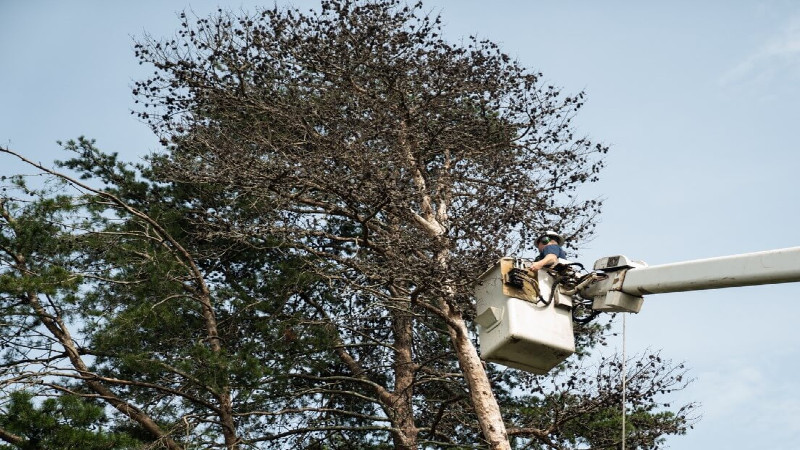Two years after the painting of Bacchante in 1872, an exhibition of Mary Cassatt’s work in a Paris Salon of Impressionists captured the attention of Europe’s well-known painters like Edgar Degas. A wealthy daughter of a Philadelphia banker, Cassatt influenced new directions in textile arts. The Bacchante is an early composition by Cassatt, and the work reveals the transition from Romanticism to Impressionism vís-a-vís continuity in classism in subject matter and softness in light. The image is on the precipice of Impressionist optics, albeit external, making luminous the face and brilliant folds of the garment. The luxury of the textiles infers the East.
Domesticity in Impressionism
Cassatt is mentioned mostly however, for her work on domestic subjects. In her 1892 depiction of mother and child, The Bath, she presents everyday subjects posed against a background that makes the painting inimitable in its deployment of Degas and Japanese print compositional devices; a world of solid objects in space that engage the optical participation of the viewer. It is the immediacy of the composition that creates an ‘ambience’, one of the key conventions that would come to characterize the efficacy of the domestic design as a feminine movement.
Impressionist work reflected this new everyday life perspective, and incorporated the intimacy and the history of the earlier period in art intended for a general audience. Seurat’s (1886) masterpiece painting, A Sunday on La Grande Jatte, reflects an interest in the regal tapestry decoration in elite décor during the period. In his post-impressionist composition, the optical illusion of tapestry-like texture with complementary and contrasting hues is made by way of small, weaving and layering brushstrokes.
Textile Arts in Interior Design
It is in this space of domestic privacy in the 19th century that domesticity and fashion become one. If the body is where fashion found its canvas, it is in the realm of the domestic decorative industries we find the extension in feminine aesthetics. Textile fashions in their essence offer the appropriate element for the creation of a highly personal field of design. Unlike the fragmentary, hybrid and shifting ideological productions of power convergent in the constructivist projects of public architecture, the organic coherency of the domestic project is perhaps one of the most critical sites of influence in an art of everyday proportions.
The Beauty of Fabric Wallcovering
Since the 19th century the appeal of fabric wallcovering has been an expression of luxury. Distinguished, unique, and exquisite in appearance, fabric wallcovering creates an illusion of elite perfection. Offering elegance beyond any other wallcovering treatment, it is a premium product that will add new definition to any home or office. Impress guests with the beauty of fabric wallcovering.



